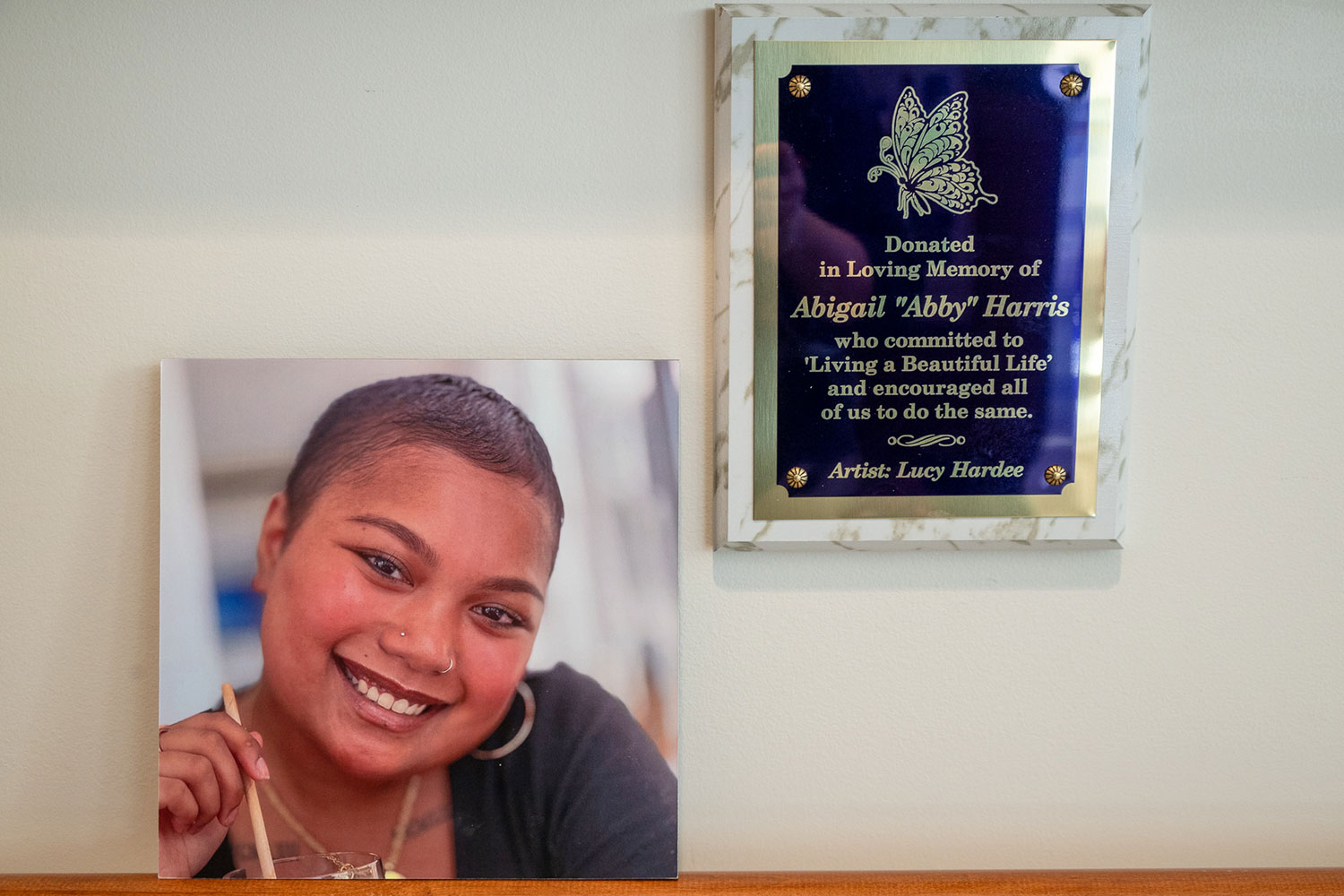UConn’s multi-step COVID-19 testing process prevented the introduction of 76 positive cases into the student body as undergrads returned to residence halls last weekend for the spring semester.
Residential students were required to test negative at home recently and again in person on campus last weekend before they could receive their keys and move in. Their return kicked off a two-week campus-wide quarantine that is currently in place, a precautionary period during which time all classes are online.
The re-entry dual testing process is one of several strategies that UConn is using this semester, bolstering the already comprehensive testing and care procedures that allowed the University to successfully complete its fall in-person components as scheduled.
UConn’s combination of individual and pooled tests, along with analyses to detect the presence of the virus in campus wastewater, are part of a comprehensive Spring Reopen Plan that emphasizes testing frequently, encouraging healthy and safe behaviors, and using the expertise of the University’s scientific and healthcare community.
UConn administered or tracked more than 42,000 student COVID tests in fall semester; in spring, UConn Student Health and Wellness (SHaW) expects that number to well exceed 75,000.
The two-test re-entry requirement for residential students this month was developed to weed out cases among students who otherwise would have brought the virus back to campus, particularly since college-age students are often asymptomatic but can still spread the illness.
Fifty-six of the 3,763 at-home COVID test results reported back to the University so far involving students took between Jan. 10 and 13 came back positive for the virus, meaning those students are required to remain off campus until recovering and testing negative.
Even if a student tested negative at home, they had to test negative again when they returned Saturday or Sunday before receiving their keys, since there is often a lag between the time of infection and a first positive test.
Of those students who’d initially tested negative at home, 20 tested positive in person over the weekend and were moved immediately to isolation for medical care.
“Our plans epitomize the strength of our collaborative practice as a research university,” said Eleanor Daugherty, UConn’s associate vice president for student affairs and dean of students. “I’m grateful for the leadership of our medical team, the innovation of our research faculty, and our student commitment to good health. We do this together.”
Off-campus students with classes or other on-campus obligations also must test negative before they can participate in those campus activities, for which the in-person components start Feb. 1.
UConn provided residential students with access to the at-home pre-arrival tests through Vault Health, which received the tests back from students by mail and notified the University of the results. The testing was free of charge to students, as will be the case with testing administered to them throughout the spring semester.
UConn’s spring semester testing strategy builds on successes from fall, and goes beyond that to even more aggressively seek out, isolate and address the presence of the virus on campus. In fact, every residential on-campus student will be part of at least one type of testing every week throughout the spring semester.
About 4,800 students are expected to live in UConn residence halls during spring semester, including about 140 in UConn Stamford student housing. The University intentionally reduced capacity both in Storrs and Stamford residence halls significantly to provide more spacing and other health-related considerations.
About 6,400 Storrs-based students will be living off campus but visiting for at least one class, while about 10,400 will be taking courses fully online with no on-campus presence. Several thousand other students at the regional campuses and School of Law also will be partly on campus and/or fully remote.
UConn is one of few institutions nationwide using the three-pronged approach of testing individuals, testing pools of people with combined saliva samples, and examining wastewater from spots throughout campus.
In spring semester, every residential student will participate in pooled saliva testing on a weekly schedule, with the vials having already been left for students in their residence halls when they moved in. Students will also be invited for frequent surveillance testing, and have access to rapid-result testing if they develop symptoms at other times that could indicate COVID.
Off-campus students with an on-campus presence such as an in-person class will also be part of the targeted surveillance testing and will be welcome to participate voluntarily in pooled saliva testing.
Unlike some other campuses in larger communities, UConn collects and treats its own wastewater, which provides a perfect testing opportunity since the presence of the virus in feces can give a seven-day head start to anticipate when a spike might occur.
Researchers collect and test wastewater from pumps around the Storrs campus, including the Wastewater Treatment Plant and select lift stations and manholes. When a positive result is found, they narrow down to residence hall complexes and other areas on campus where the wastewater originated.
Then, large numbers of students in those halls participate in either individual testing or pooled testing in which they provided saliva samples in tubes, and each batch is tested – an approach far more speedy and cost-effective than widespread individual testing.
When a pooled sample batch tests negative, health officials can move on to the next. If it tests positive, every individual student in the pool is administered a diagnostic COVID-19 PCR test.
In addition to being efficient, it also offers a huge cost savings: Pooled tests cost the University about $4 per student sample, while individual clinical tests can range from about $50 to $140 each. The technology also helps to pinpoint students who are carrying the virus but either are asymptomatic, or have very mild symptoms they might mistake for something else.
In addition to expanding its current testing practices in spring semester to include more collection sites, UConn will also soon start tracking the presence of the flu virus in its wastewater.
The University also continues to offer updates on the testing on a public dashboard with a newly added red/yellow/green system of alert levels for residential students so parents, community members, and others can check campus health indicators.
Other critical pieces of the campus testing strategy provided by the SHaW clinical staff include checking symptomatic students with rapid PCR testing, conducting timely and comprehensive contact tracing, enacting quarantine and isolation strategies, and enforcing positive behaviors such as wearing masks, frequent hand-washing and physical distancing.
As with the fall semester, UConn will change portions of its academic schedule in spring semester to support campus health and safety.
All courses are currently fully online for the first two weeks of the semester, with the in-person courses and components starting Feb. 1. The last day of in-person classes will be April 9, followed by spring break from April 11 to 17.
After the break, all classes return to fully online delivery from April 19 to May 8, which helps avoid reintroducing the virus on campus and requiring students to again comply with re-entry testing and campus-wide quarantining.



